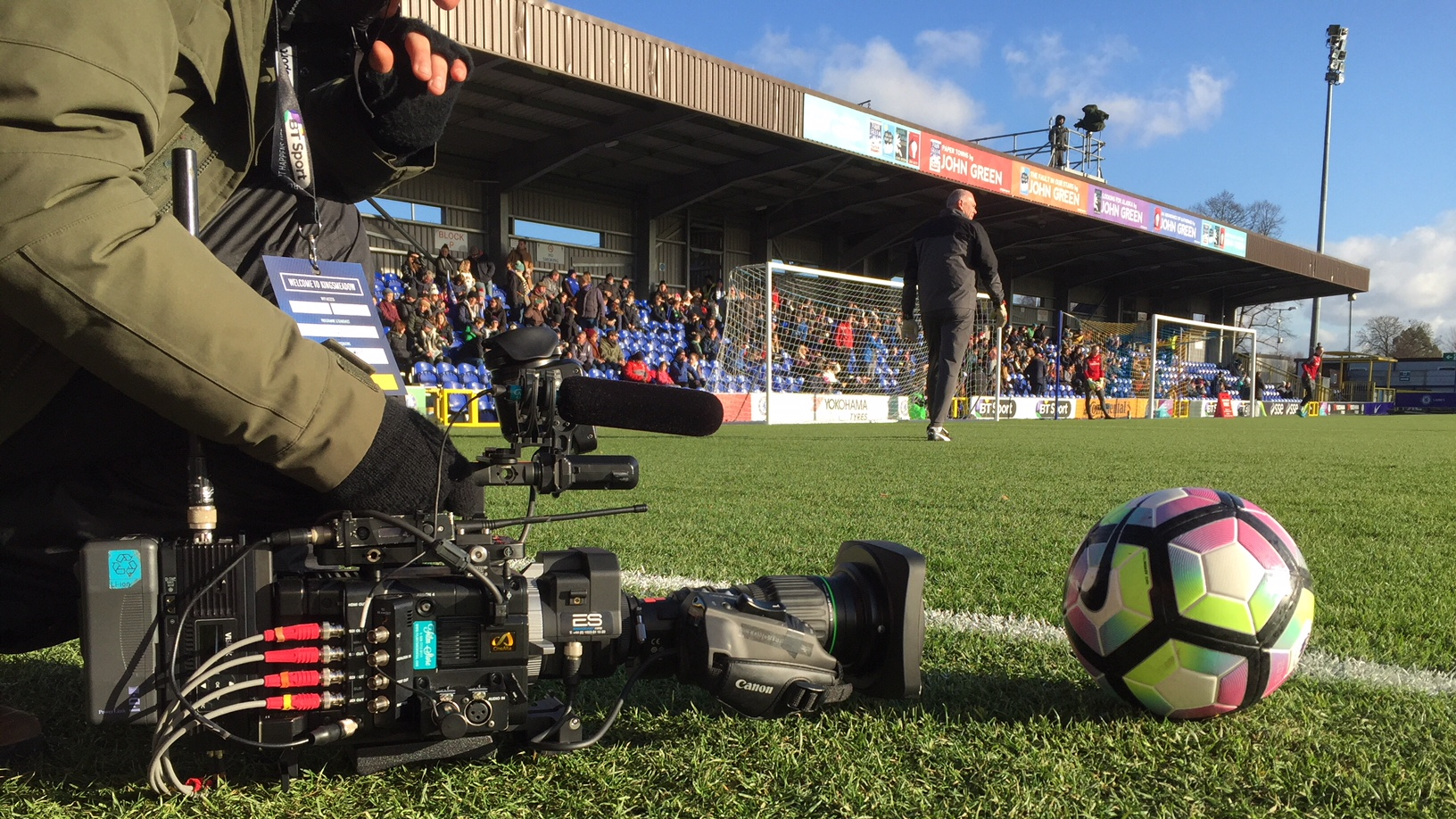How Media Is Using Technology to Cater to Audiences During the Global Pandemic
In bringing a televised event to a consumer, video content passes through many processing stages, and within each stage, the processing takes time to complete

With vast audiences clamoring for social togetherness whilst still practicing physical distancing, the rekindling of remote TV production behind closed doors could be seen as the perfect vehicle to experiment with new ways to increase social engagement and greater viewer participation to deliver a more immersive experience to a vast, ready and willing global audience.
While remote production techniques have been around for several years, lockdowns and the transition to working from home have created a pull-factor for more remote production technologies in live TV production and broadcast companies of all sizes. It’s now more important than ever for these companies to protect their content and revenues and think about how they can operate effectively and efficiently amid the “new normal.” Here is how and why technology can help solve the pain points production, broadcast and media companies are facing today.
THE PROBLEMS AT HAND
In bringing a televised event to a consumer, video content passes through many processing stages, and within each stage, the processing takes time to complete. There can often be latencies of up to 0.5 seconds getting content out of a major outside broadcast back into the studio, and frequently additional delays of more than three seconds in delivering that content to home consumer linear broadcast TV platforms.
These latencies can be critical—a major event such as an Olympic final could be nearly over in the stadium before a viewer has seen the start. The situation is considerably worse for many live-streamed services, which can suffer more than one-minute time lag compared to traditional broadcast platforms.
As video production shifts towards greater video quality, adapting new techniques, such as implementing greater bandwidth efficiency savings in transmission chains, can reduce costs or offset the bandwidth. Because of this, there is an ever-increasing uptake of HEVC compression technology. More efficient and more processing-intensive codecs like HEVC have the potential to increase these undesirable latencies.
Image acquisition from the camera through the production chain also incurs some delay as the video frames are aligned and processed. However, with wireless cameras, directors can employ video compression and sophisticated RF modulation techniques in order to achieve reliable, long-range transmission over narrow frequency bands. Because of the greater complexity of HEVC algorithms and the increased processing load from 4K images, UHD capable wireless camera transmission systems have delivered end-to-end latencies that have proven to be undesirable in the industry.
THE RIGHT APPLICATIONS
While tapping into new technologies, it is key for broadcast and media managers to monitor for any complex tools added to their inventory. This can be avoided by embracing providers that offer a batch of solutions that create wireless camera systems, which are already integrated into remote production architectures, and can easily configure to any existing device and work in the toughest of environments.
When looking for modern technology, broadcast and media companies should look for additions that lower costs by reducing the number of people on site. This also leads to a more family-friendly work atmosphere—with fewer days away from home—as well as an eco-friendly culture.
More importantly, staff can be used more efficiently and can assist in multiple productions throughout the day, instead of just one event at a time. The new process includes transporting raw camera views to the broadcast center rather than a complete production. Wireless cameras can then be put on to remotely operated (controlled) devices to get close to the action without needing a cameraman (operator).
TODAY’S REMOTE TOOLSET
Wireless cameras can be used to create a greater sense of engagement when spectators are absent. In sports, for example, close-in shots, goal-line cameras, touchdown close-ups and point-of-view shots from player and referee cameras are being used to help build a sense of engagement with the home viewer.
RF camera systems, specifically, provide flexibility and the capability to deploy and enable new dynamic camera angles, which can be rapidly installed without the need for physical cable management. This delivers solutions that extend to total freedom-of-movement, body-worn cameras. For clinical safety reasons, using this tech is likely to require less production support crews and allow directors to provide audiences the shots they are used to seeing instantly.
The use of lower latency wireless camera systems can also revolutionize event production—allowing the director to freely cut between wired and wireless cameras at will—without fear of any undesirable mismatches in a video presentation. Recent developments to sophisticated HEVC UHD-capable wireless camera systems significantly reduce processing latencies—an issue all broadcast and media companies are facing. By improving the video decode implementation through optimized buffer management and implementing greater parallel processing by pipelining the data flows, end-to-end latencies—as low as a single video frame—can be achieved in a matter of minutes and without personnel.
WHAT’S NEXT?
With production teams working remotely, the spotlight has also become more focused on enhanced IP data connectivity between event and production centers. We can expect to see more reliance on IP-based streaming to offer a flexible and cost-efficient way of operating remote sites without a full staff. These IP-focused connections will become even more vital as media businesses update their remote production workflows and manage the repercussions of the pandemic.
Mickey Miller is CEO of Vislink.
Get the TV Tech Newsletter
The professional video industry's #1 source for news, trends and product and tech information. Sign up below.
